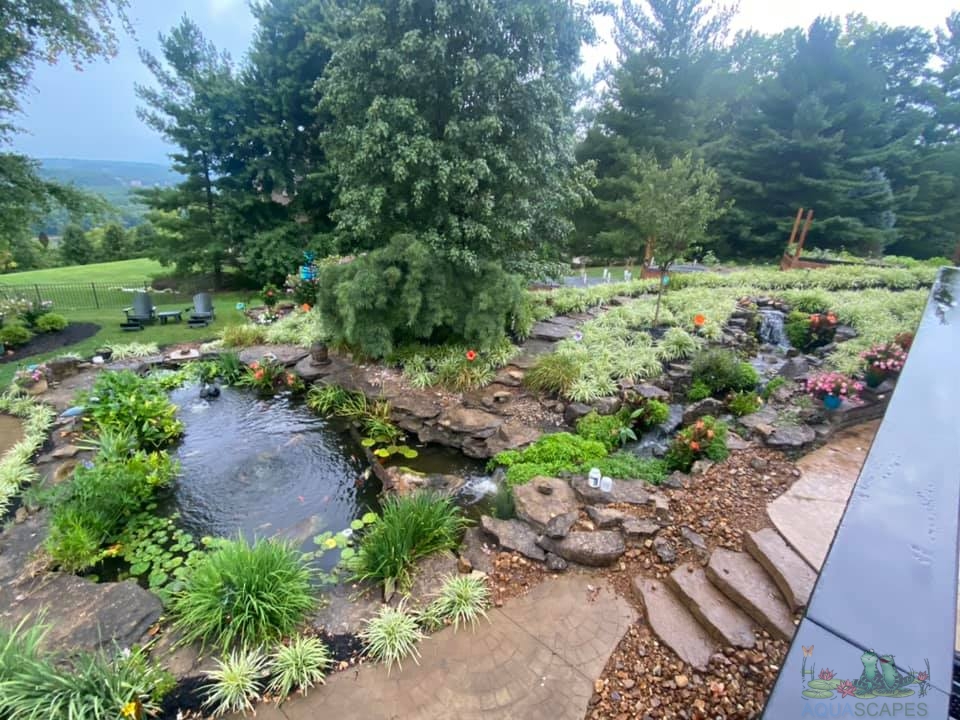Unlocking the Secrets of Natural Algae Control Methods for Your Pond
A tranquil pond nestled amidst a lush garden is a sight to behold. However, many pond owners are all too familiar with the pesky problem of algae overgrowth. While algae are a natural part of any pond ecosystem, excessive proliferation can disrupt the balance and beauty of your aquatic oasis. Fear not! In this comprehensive guide, we will delve into common issues related to algae control and introduce you to effective natural methods, free from harmful chemicals, to restore harmony to your watery haven.
Understanding Algae in Ponds
Before we dive into the solutions, let’s gain a deeper understanding of the basics:
- Varieties of Algae: Ponds often host various types of algae, with green algae (planktonic and filamentous), blue-green algae (cyanobacteria), and brown algae (diatoms) being the most common culprits.
- Algae Origins: Algae flourish in ponds due to an abundance of excess nutrients (like nitrogen and phosphorus), ample sunlight, and warm temperatures. These factors create an ideal environment for rapid algae growth.
Natural Algae Control Methods
Nature provides ingenious ways to manage algae growth without resorting to chemical treatments:
- Aquatic Plants: Introduce a diverse array of submerged and floating aquatic plants, such as water lilies, water hyacinths, and hornworts. These plants outcompete algae for nutrients and provide shade, reducing the amount of sunlight that penetrates the water.
- Barley Straw: Place bales or pellets of barley straw in your pond. As the straw decomposes, it releases natural compounds that hinder algae growth.
- Beneficial Bacteria: Boost your pond’s health by adding beneficial bacteria. These microorganisms assist in breaking down excess nutrients, including organic matter like leaves and fish waste, thereby promoting water clarity.
- Aeration: Install an aeration system to elevate oxygen levels in the water. Increased oxygen can deter algae growth, as some algae species thrive in low-oxygen conditions.
- Rock and Gravel Substrate: Consider using rocks and gravel on the pond bottom. These materials provide a habitat for beneficial microorganisms that can aid in controlling algae.
Physical Algae Control Methods
Several physical methods can help combat algae:
- Manual Removal: Employ a pond net or rake to manually eliminate excess algae. Regular removal prevents uncontrolled growth.
- Shading: Install pond netting or shade sails to reduce sunlight penetration into the water, limiting the amount of photosynthesis and curbing algae growth.
- Floating Wetlands: Create floating wetland islands in your pond by planting vegetation on floating platforms. These plants absorb excess nutrients and provide shade.
Fish and Algae Control
Fish can play a role in keeping algae in check:
- Koi and Goldfish: These fish species consume algae and can help regulate its growth. However, avoid overstocking, as an excessive fish population can contribute to nutrient buildup.
Chemical-Free Maintenance Tips
Maintaining a chemical-free pond involves adopting sound practices:
- Regular Maintenance: Remove leaves and debris from the pond to reduce nutrient input.
- Mindful Feeding: Feed your fish sparingly, as overfeeding leads to excess food and nutrient buildup.
- Water Quality Monitoring: Periodically test water parameters like pH, ammonia, and nitrites to ensure they remain within healthy ranges.
Addressing Algae Control Challenges with Natural Solutions
- Algae Blooms: In cases of severe algae blooms, consider using barley straw extract or liquid bacteria treatments. These solutions are gentler on your pond’s ecosystem compared to chemical algaecides.
- String Algae: To combat tenacious string algae, employ a pond brush for physical removal. This, combined with natural treatments, can yield highly effective results.
Sustaining Long-Term Pond Health
Achieving a balanced and thriving pond involves integrating various strategies for lasting success. Continuously assess your pond’s well-being and adapt your methods as necessary.
Maintaining a harmonious and vibrant pond need not involve heavy chemical treatments. By embracing natural and chemical-free algae control methods, you can savor the tranquility and beauty of your pond without harming the environment. Whether you choose to nurture aquatic plants, harness the power of beneficial bacteria, or employ physical removal techniques, a pond in perfect equilibrium awaits you—a serene and captivating slice of nature’s serenity right in your backyard.
Check out our store for all your water gardening needs! Aquascape products are Aquascape Inc. Certified.
Thanks for reading at Meyer Aquascapes! We hope you’ve enjoyed our post on algae control. Please leave a comment below if you liked it or have any questions. We’d love to hear from you! Thanks for stopping by!



